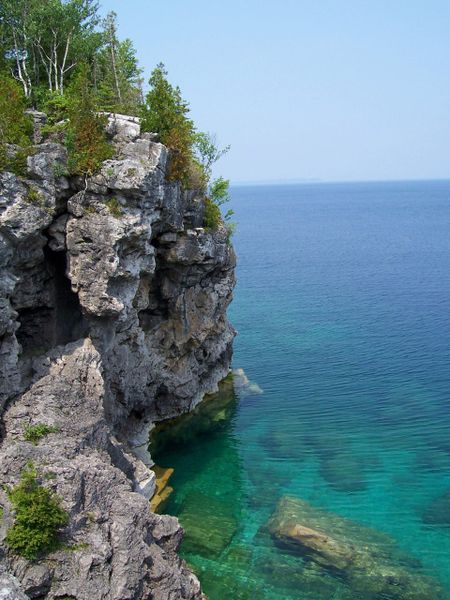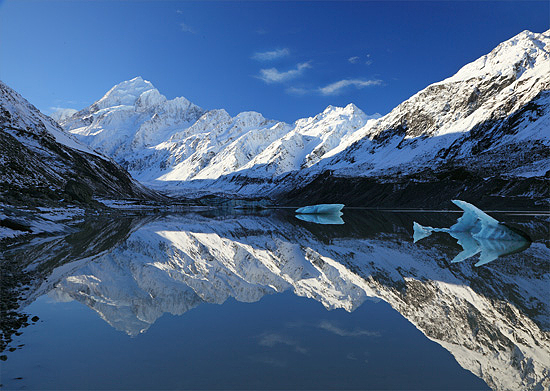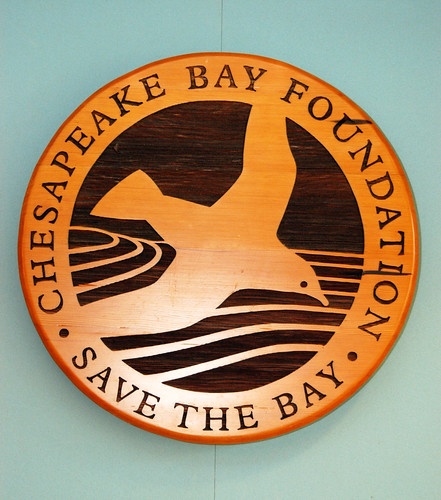
The Niagara Escarpment is a large 450 mile lone limestone ridge leading from the Niagara river in the east to Georgian Bay in Lake Huron. The Escarpment ranges from only a few feet above sea level to nearly 1600 ft in some places. 250 million years of erosion has carved the limestone, dolostone, and sandstone wall across southern Ontario. The Niagara falls, and some 60 other waterfalls, are located along the Niagara escarpment and 5 major river systems trace their headwaters back to this area making the escarpment an important geologic feature in North America. Due to its difficult terrain, the escarpment has protected eastern North America’s oldest living organism – 1000 year old cedar trees:


The Coalition on the Niagara Escarpment was set up in 1978 as an advocacy group for the area and help to educate individual owners and the Canadian government on environmental policies that could help to protect this, and other, areas across Canada. They also work to curb development along the escarpment and push for environmentally friendly land use methods across the region.









